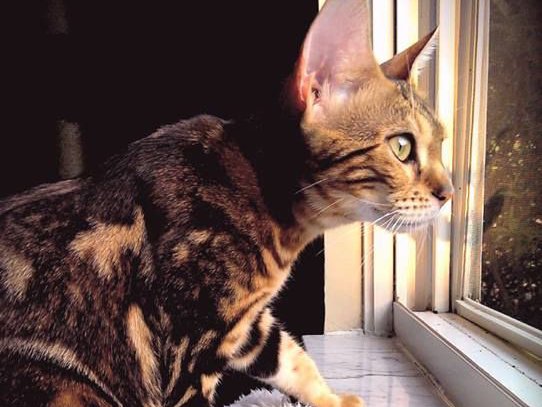Feline hyperthyroidism is one of the most common endocrine disorders affecting middle-aged and senior cats. It can lead to weight loss, increased appetite, and other serious health issues if left untreated. Fortunately, with early diagnosis and proper care, cats with hyperthyroidism can live happy, healthy lives.
This comprehensive guide will walk you through the causes, symptoms, diagnosis, treatment options, and home care tips every cat owner should know.
What Is Feline Hyperthyroidism?
Feline hyperthyroidism occurs when the thyroid gland, located in your cat’s neck, becomes overactive and produces too much thyroid hormone (T3 and T4). This hormone regulates metabolism, and excess amounts cause the body to burn energy too quickly.
The condition typically affects cats over the age of 10 and is most often caused by benign thyroid tumors known as adenomas.
Common Symptoms of Feline Hyperthyroidism
Because thyroid hormones impact nearly every organ system, signs of hyperthyroidism can vary. Look out for:
Unexplained weight loss, despite increased appetite
Excessive thirst and urination
Hyperactivity or restlessness
Treatment Options for Hyperthyroidism in Cats
There are four main ways to treat feline hyperthyroidism:
1. Oral Medication: Drugs like methimazole help control hormone production. While not a cure, daily medication can manage the disease long-term. Some cats experience side effects like vomiting or liver issues.
2. Radioactive Iodine Therapy (I-131): This one-time injection destroys abnormal thyroid tissue while leaving healthy tissue intact. It has a high success rate and is often considered the gold standard. However, it requires hospitalization and is more costly upfront.
3. Surgical Removal: In some cases, removing the thyroid gland (thyroidectomy) is an option. This can be curative but carries surgical risks, especially for older cats.
Living with a Cat with Hyperthyroidism
With the right treatment, most cats with hyperthyroidism can return to a normal lifestyle. Pet parents should:
Monitor weight and behavior changes
Provide consistent medication or follow dietary rules
Schedule regular vet checkups and lab work
Watch for underlying kidney disease, which can be masked by hyperthyroidism
Final Thoughts
Feline hyperthyroidism can seem overwhelming, but early diagnosis and tailored treatment lead to excellent outcomes. By staying informed and working closely with your vet, you can ensure your cat enjoys many more years of health and happiness.
Learn More
Get more information on feline thyroid disorders from petniq.com
